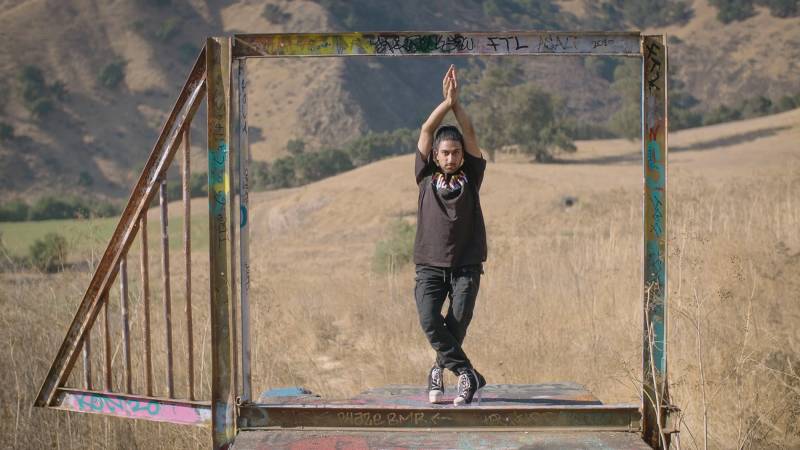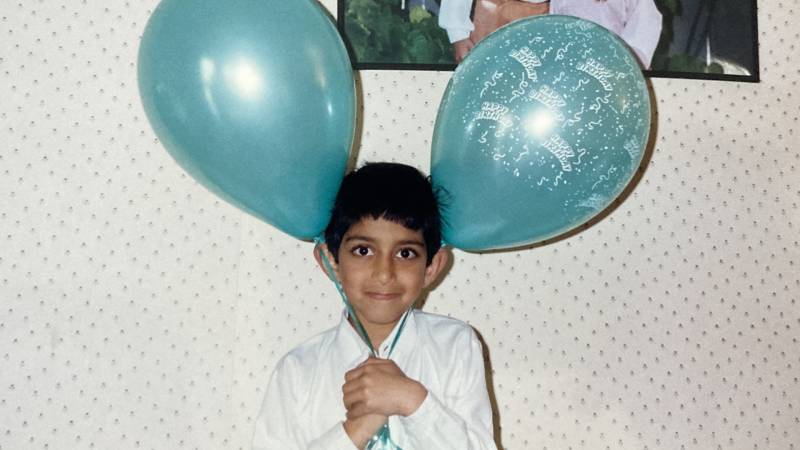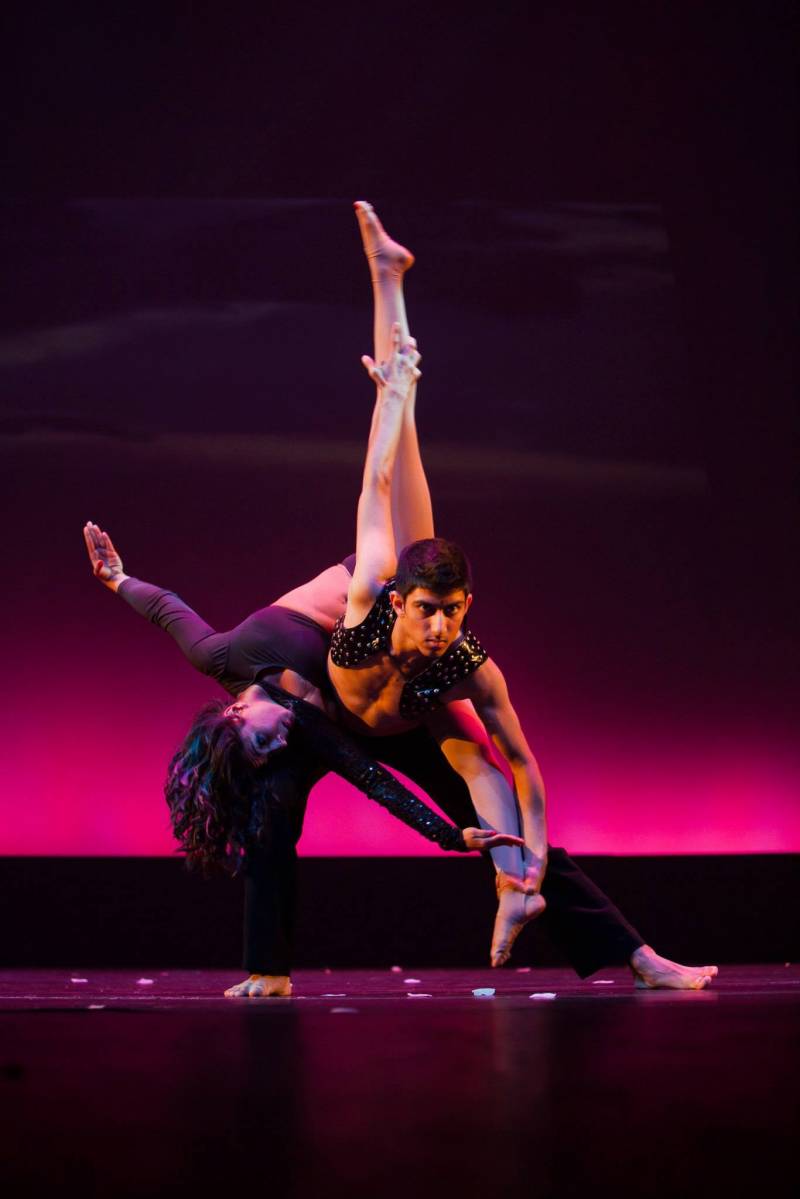Editor’s note: This episode was filmed under strict guidelines due to the coronavirus pandemic. Safety parameters were followed to protect the health of the dancers and video production team.
If Cities Could Dance is KQED Arts’ award-winning video series featuring dancers across the country who represent their city’s signature moves. Download Content Description. Download English transcript.
When Amit Patel first danced in heels, he felt empowered. It was the first time he danced sensually. Everything clicked: the added height, the posture those heels required. It was liberating. “I knew that a lot of people in their entire lifetimes would never experience that,” he says.
He wanted more, specifically, to dance in heels to Bollywood music, but no one was offering that class. So he created his own. Now, when he teaches “Bollywood Heels,” a mixture of Kathak gestures (Indian classical dance) and jazz dance, Patel takes great care to create a welcoming learning space for all his students, regardless of their gender expression or sexuality.
“I was able to get to my sense of self through dance,” Patel says. Now he hopes to do the same for others.

Patel wasn’t always comfortable with his own voice. “I was very shy,” he says. “[I] would not be able to speak in complete sentences even at like 16.” During dance performances as a child, Patel says you’d likely find him on the edges, in the back. Over the years, as he studied more dance forms—jazz, hip-hop, contemporary ballet—it opened up a wider world of nonverbal expression. He has synthesized these influences into a genre of dance he calls Indian Contemporary. Today he has a massive social media following and opportunities to teach around the world. That story of growth is rooted in Fremont.

Patel’s parents were born in Gujarat, India and moved to the Bay Area to work in the tech industry of Silicon Valley. Patel describes the community he grew up in as a diverse mixture of different South Asian groups. As a first generation Indian American, Patel witnessed how ideas, values and traditions evolved over time within the diaspora. “You have the older generation, you know, my parents’ generation who all immigrated here and some of them will try to retain their culture as much as possible,” he says. “And then you’ll have the next generation who is going to change the game entirely.”


